English
Castellano
CatalÃ
Egyptian Minerals
Author: Marco MarchesiniContent by courtesy of : Webmineralshop
Egypt is a huge Country, with a very interesting geology and a widely under-exploited mineralogical potential. It is also a difficult place for mineral exploration, because of long distances, extreme climate, lack of facilities (most of the interesting areas have no road), poor bibliography
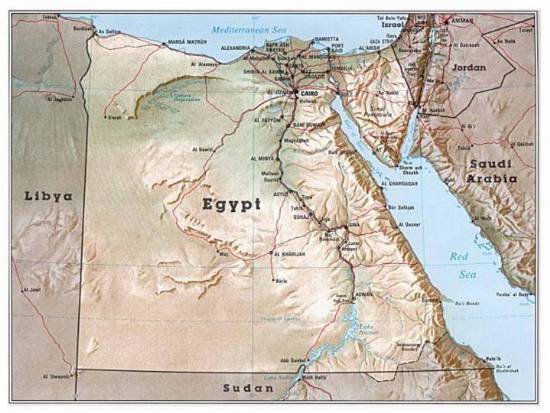
Starting from 2004, some field trip targeted to find mineral were attempted over several areas in Egyptian Western Desert, Red Sea Coast and Sinai Peninsula.

White desert landscape. Camels are still used to carry goods and tourists
Most of the huge Western Desert area showed to be quite poor in good mineral specimens: some diagenetic sulphides xls, as well as diagenetic celestite and barite (“Desert roses”) were observed. Hydrous sulphates like alum and gypsum were also found. Karst related calcite is locally common but not worth of collecting. On the contrary the area looks to be very rich in fossils, ranging from Mesozoic to Late Tertiary in age. Petrified wood timbers are also locally widespread.
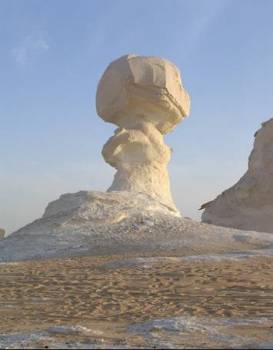
White desert mushroom
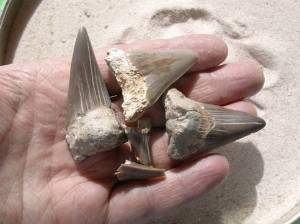
Shark teeth from White Desert
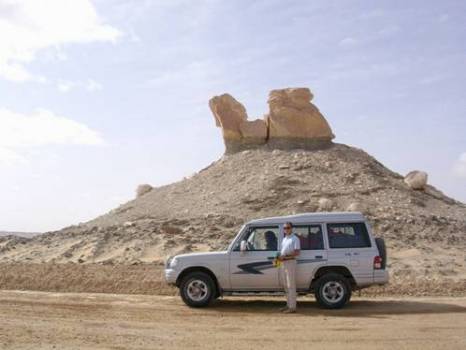
Alum outcrop area near Dakla
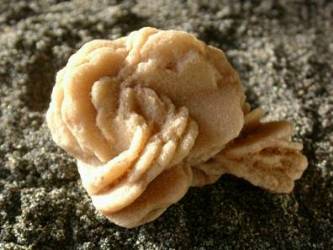
Barite rose - Kharga
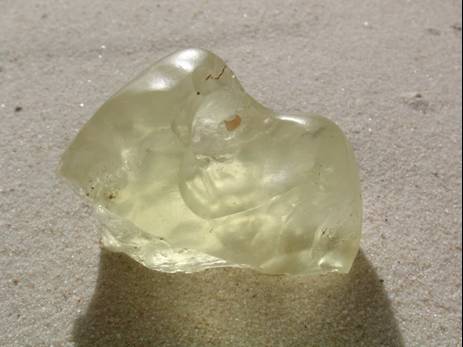
In a remote area close to the Libyan border, there are bits and pebbles of natural glass. They currently seem to be related to tectites, but their nature is still debated. They were used to make tools during pre-Historic times and in Faraonic times in jewelry
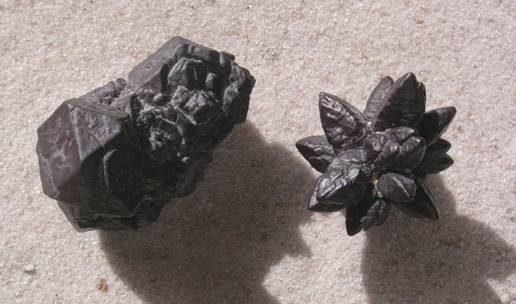
Pyrite & Marcasite crystals
from Farafra Oasis
The Bahareya, Qattara, Fayoum and Natrun depressions were also visited prospecting for minerals. Classical evaporitic minerals such as Halite and Gypsum were observed in most of the locations.
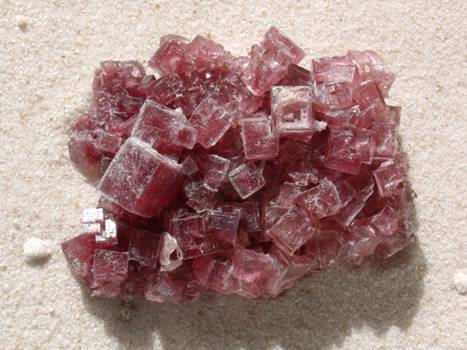
Red Halite from Baramous-Natrun
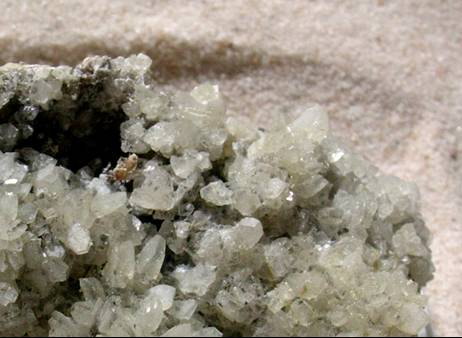
Gypsum from Bahareya
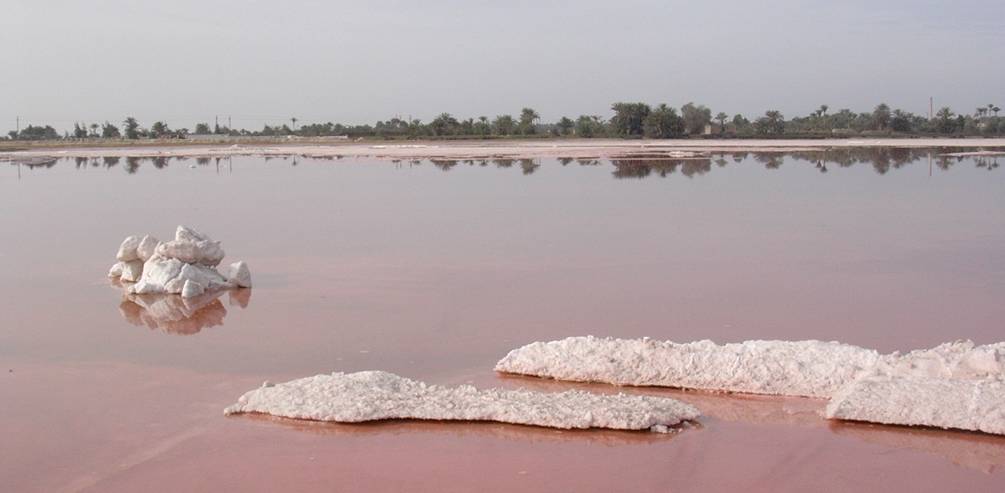
Brine lake in Natrun depression. In spite of the huge extension of the site, good specimens are not common
In Wadi Natrun much interesting species like trona, thenardite, burkeite, gaylussite were also found. Some of the specimens are world-class.
TRONA - Na3H(CO3)2·2H2O
Trona is a mineral typical of arid regions, quite difficult to get in good collection specimens. The samples from Natrun are very good and often associated with other interesting species such as burkeite, and thenardite
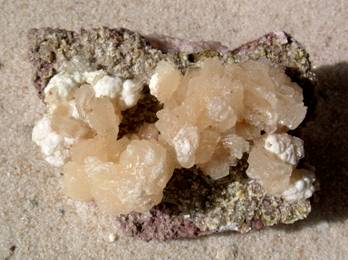
BURKEITE - Na6 CO3 (SO4)2
Burkeite is a rare mineral, quite difficult to get in nice specimens. The samples from Natrun are nice and often show nice burkeite spheres grown over thenardite and trona
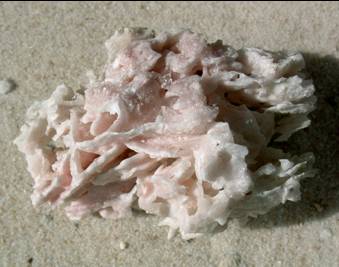
HALITE - NaCl
Halite is a very common mineral, found in Natrun in very nice specimens, showing a color variable from white to pink to red. The color is due to microscopic biologic inclusion as in the California samples
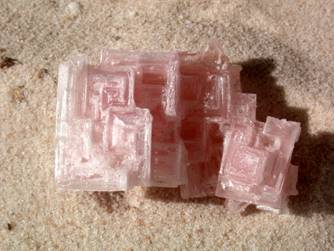
THENARDITE - Na2(SO4)
Thenardite is known from several localities. These specimens are of interest both for the locality and for the interesting association with trona, halite, burkeite
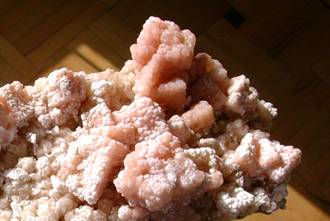
Sinai & Red Sea
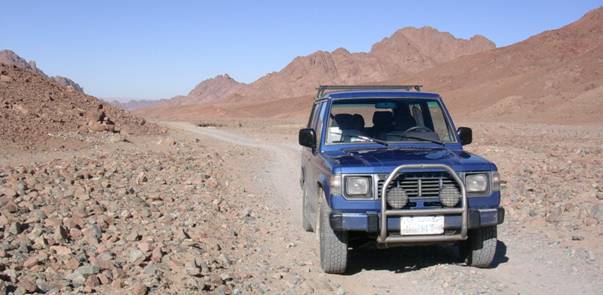
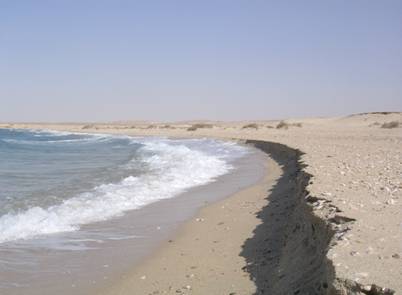
The basement rock outcropping in the Eastern Desert near the Red Sea coast and in South Sinai host important granitic masses with pegmatitic filons. The metamorphic rock host Be (smaragd), W, F, Sn deposit. Cr deposits are also known in the ultramafics. The exploration on the pegmatitic pockets yielded classical smoky Quartz and feldspar.
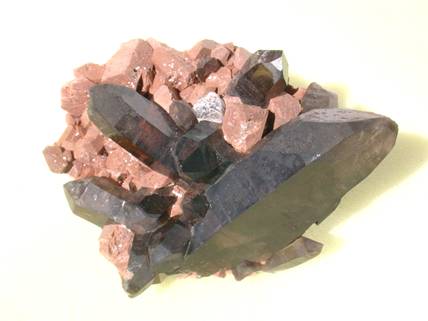
Quartz, Orthoclase, Fluorite , Sinai
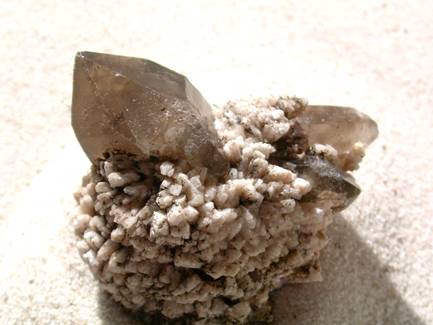
Quartz, & Albite, Sinai
The Paleozoic rock host very ancient Turquoise mines and more recent Mn works. Some minor specimens were also collected. There are still miners and goldsmiths following old techniques and style.
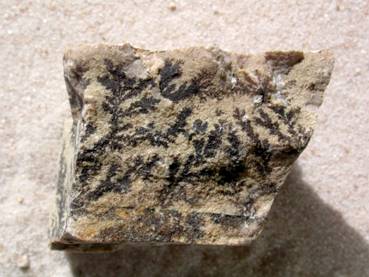
Manganese oxides from Sinai
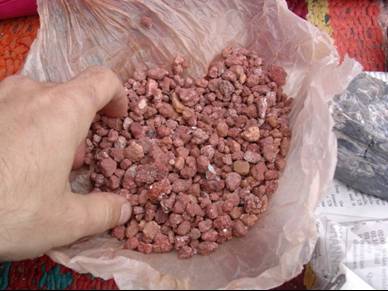
Raw turquoise from Serabit Mine, Sinai
Information | Mineral photos | VIDEOS | Articles | Fairs | Web directory | Classified ads | Minerals Books | Shop




